Home \ International \ Komatsu Europe introduces PC360LCi‐11 Hydraulic Excavator
Komatsu Europe introduces PC360LCi‐11 Hydraulic Excavator
17/04/2019
Pubblicato da Redazione
Expanding the range of intelligent Machine Control excavators
Since its introduction the success of the Komatsu excavator intelligent Machine Control system in delivering step changes in productivity, efficiency and cost saving for customers’ businesses has led to it being recognised as the benchmark technology in the construction industry.
With the introduction of the PC360LCi‐11, customers can now experience those benefits on large infrastructure and earthmoving projects. “Since we introduced the PC210LCi‐11, customers have seen the opportunities of using of our intelligent Machine Control technology on jobs that require higher volume excavation, and many have been asking for a larger machine to deliver those benefits,” says Rob Macintyre, Product Manager at Komatsu Europe. “In launching the new PC360LCi‐11 we are responding to that customer demand, and we see huge potential for it to realise major productivity, efficiency and cost saving gains in these types of applications.”
Operating weights of the PC360LCi‐11 range from 35.600 ‐ 36.200 kg, depending on the configuration, and it has a maximum recommended bucket capacity of 2.66m3. The fuel efficient, EU Stage IV Komatsu SAA6D114E‐6 engine puts out a net 192 kW / 257 HP @ 1.950 rpm. The latest KOMTRAX telematics, and the Komatsu Care maintenance program for customers, offer top fleet management and support, protect the machine against misuse and guarantee maximum efficiency and uptime.
Innovative: Automatic Real Time Digging Control
With Komatsu’s unique intelligent Machine Control, the bucket is automatically limited from digging beyond the target surface. The control function maintains grade automatically, with real‐time bucket edge positioning in relation to the machine and the job surface. Status is instantly displayed on the full colour, multi‐function 12.1” control box monitor, eliminating the wait time associated with conventional sensors.
Integrated: Standard Factory‐ Installed Integrated Machine Control System
Fully factory‐installed, Komatsu’s integrated intelligent Machine Control system includes stroke sensing hydraulic cylinders for the boom, arm and bucket, developed over two machine generations by Komatsu for precise real time bucket edge positioning. The IMU (Inertial Measuring Unit) gives provides machine orientation and determines machine angle from gyro and accelerometer data. High performance antennae send satellite signals to a GNSS receiver that processes them and provides real time position of the machine.
Intelligent: Enhancements for Optimized Performance
The Komatsu PC360LCi‐11 intelligent Machine Control excavator lets the operator focus on moving material efficiently without worrying about digging too deep. The touch screen control box monitor, makes grading easy and accurate, providing the operator with real time information on bucket edge position in relation to design surface, “as‐built” status, and customisable spilt screen views in profile, plan or 3D format.
By setting 3D design data on the control box monitor, the use of traditional guidance methods such as stakes and grade rails can be reduced or eliminated, as can surveying and final inspection. Safety is greatly improved, with less people needed on the job site and near the machine.
Intelligent ON/OFF switches for the semi‐automatic function, and raise/lower of the design offset, are fully integrated in the joysticks. This further increases efficiency and safety for the operator.
Benefits
The unique benefits of the new Komatsu PC360LCi‐11 combine the high productivity of a bulk earthmoving excavator with the renowned accuracy of Komatsu intelligent Machine Control. This is achieved by powerful hydraulics and breakout forces when excavating, fast cycle times when truck loading, and by completing grading automatically in just one pass. Fewer machine cycles are required and operator performance is improved, with vastly reduced risk of re‐work, lower fuel costs and increased machine utilisation.

Ultime notizie di Komatsu Italia Manufacturing
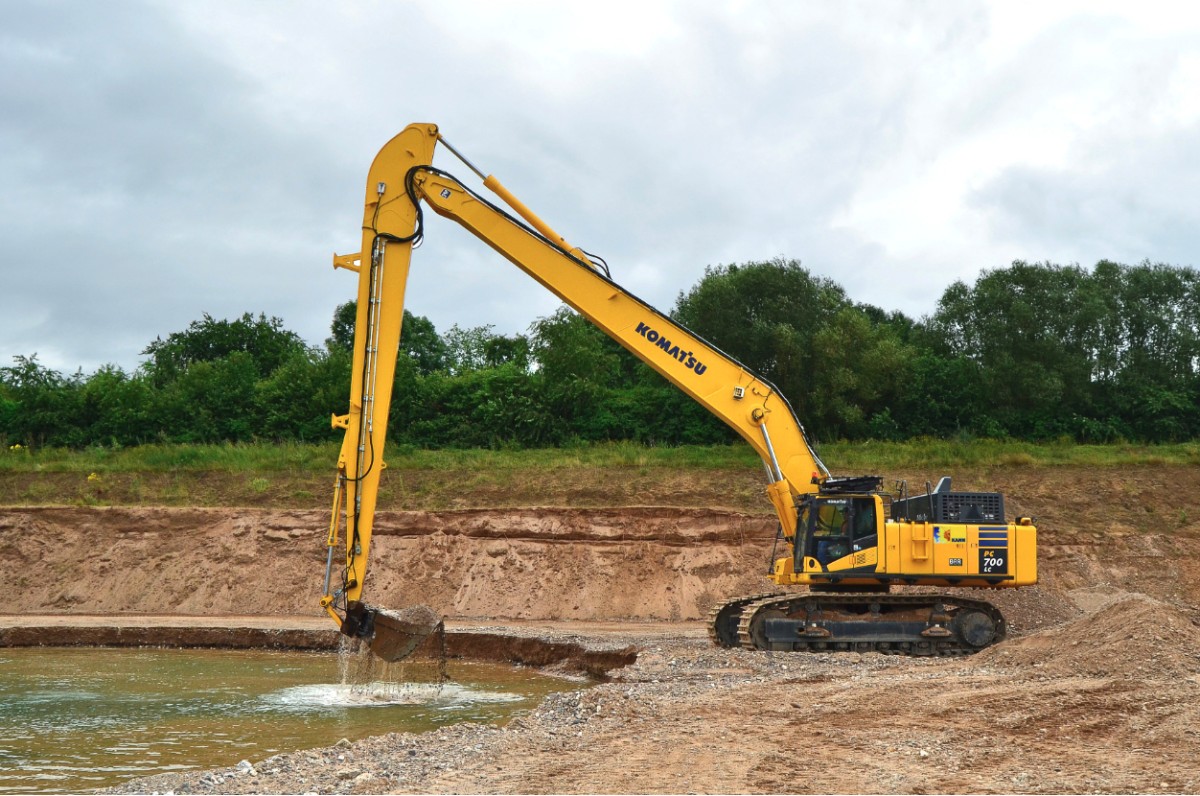
Earthmoving Machinery
25/10/2024
Komatsu PC700 with special boom conversion for raw gravel extraction
The German construction company Kann GmbH Baustoffwerke requ...

Earthmoving Machinery
15/03/2024
Komatsu will present the PC210LCE-11 electric excavator at Intermat
Komatsu Europe announces that the recently introduced PC210L...

Earthmoving Machinery
08/03/2024
Komatsu's new PW168-11 and PW198-11 wheeled excavators
The PW168 and PW198 expand the range of the successful short...

Earthmoving Machinery
13/02/2024
Komatsu MR-5 mini excavators at Intermat 2024
All the quality and performance of the of the larger Komatsu...

Earthmoving Machinery
24/01/2024
Komatsu Europe presents new electric PC33E-6 mini excavator
Komatsu Europe announces that one of its latest innovations,...

Earthmoving Machinery
10/01/2024
Komatsu ready to launch new 13 ton class PC138E-11 electric excavator
Komatsu Ltd. announces the upcoming launch of the PC138E-11...
Altri International
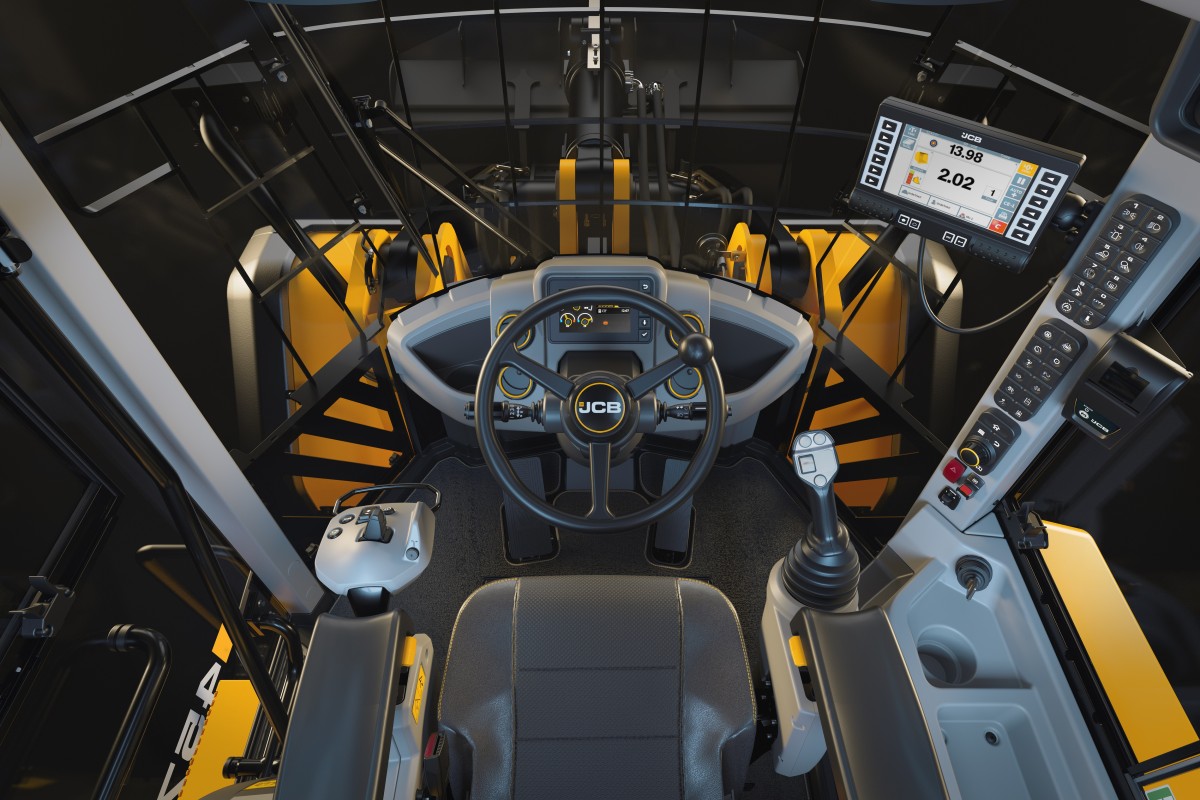
International
15/11/2024
JCB adds "Lever Steer" option to new controls package
JCB has developed a "Lever Steer" option for its large platf...
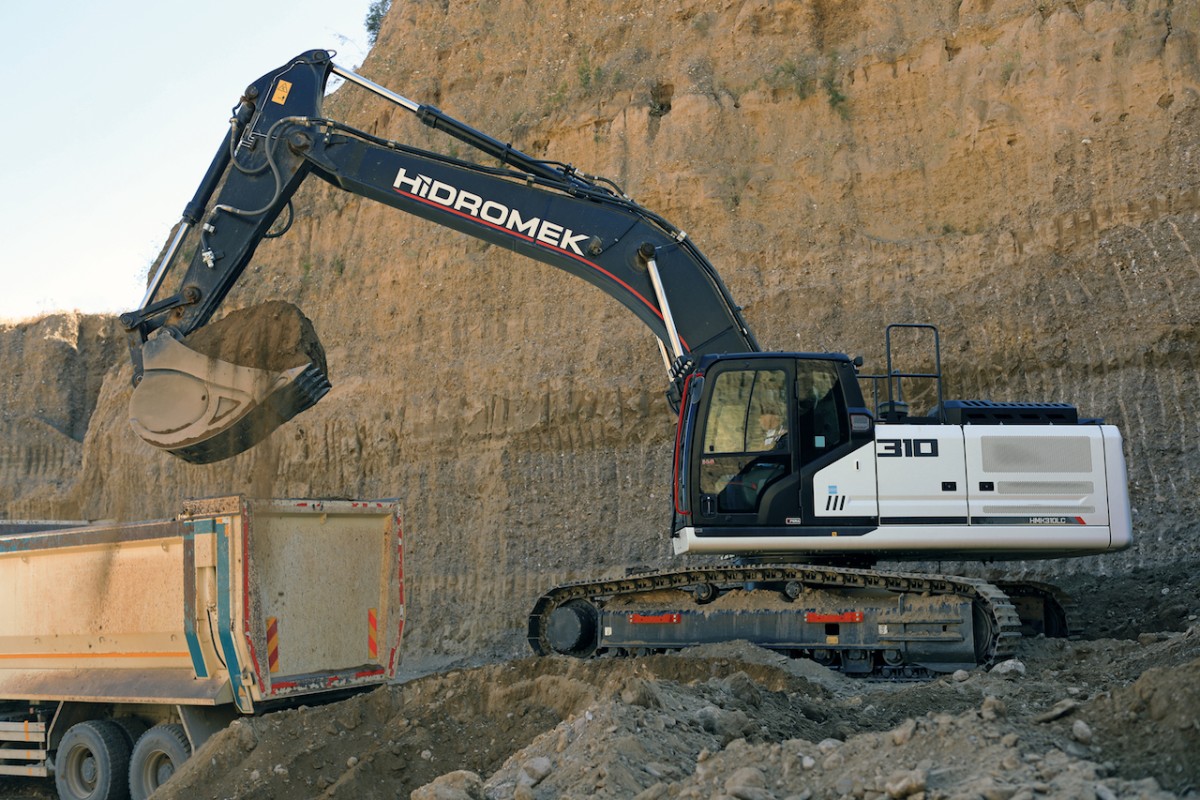
International
14/11/2024
Hidromek ıs ready for Bauma Chına wıth ıts ınnovatıve products
Hidromek will exhibit its HMK 200 C, HMK 310 LC crawler exca...
International
13/11/2024
CIFA publishes the first sustainability report of the Group and the concrete machinery field
Promoting the transformation of the entire sector by embodyi...
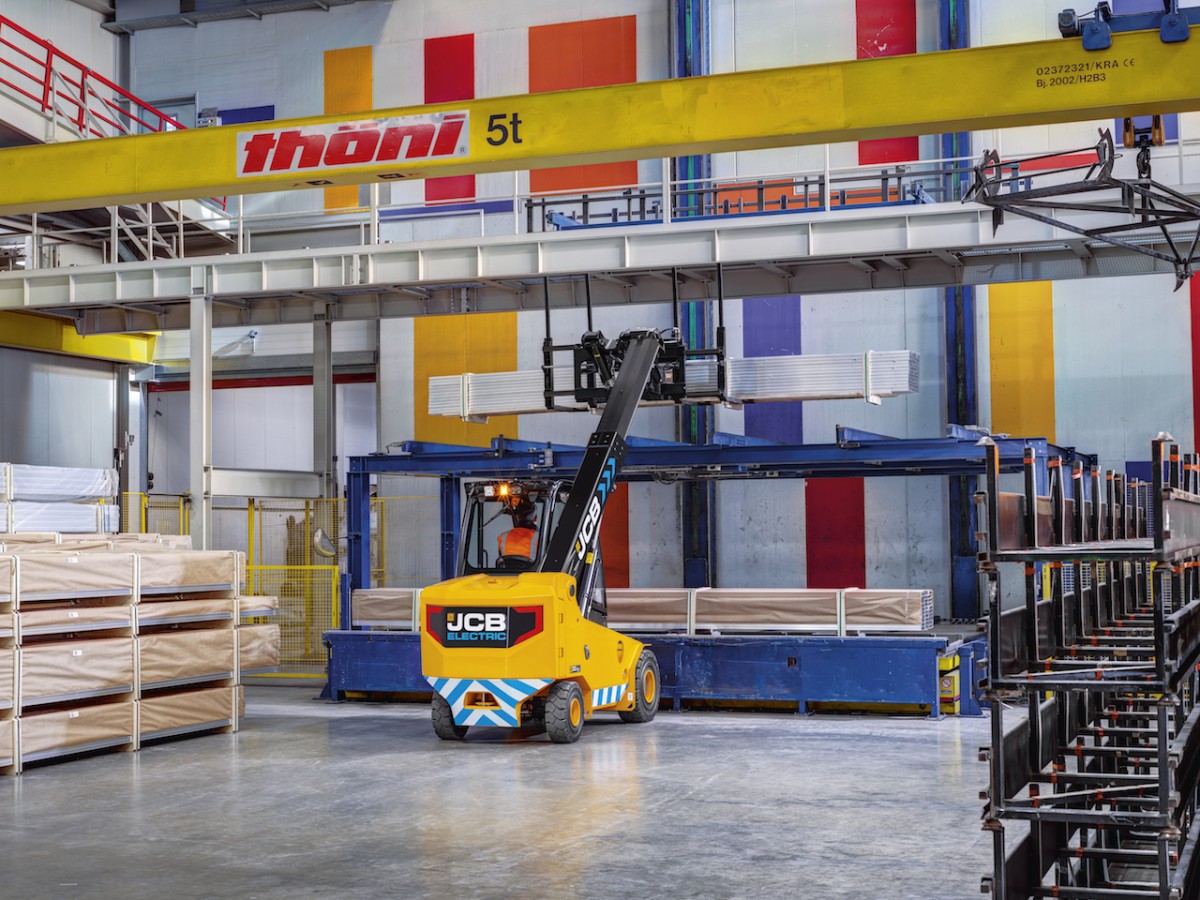
International
12/11/2024
JCB expands electric Teletruk range with High Reach option
JCB launched the new TLT 30-22E HL Teletruk, bringing a 4.4m...
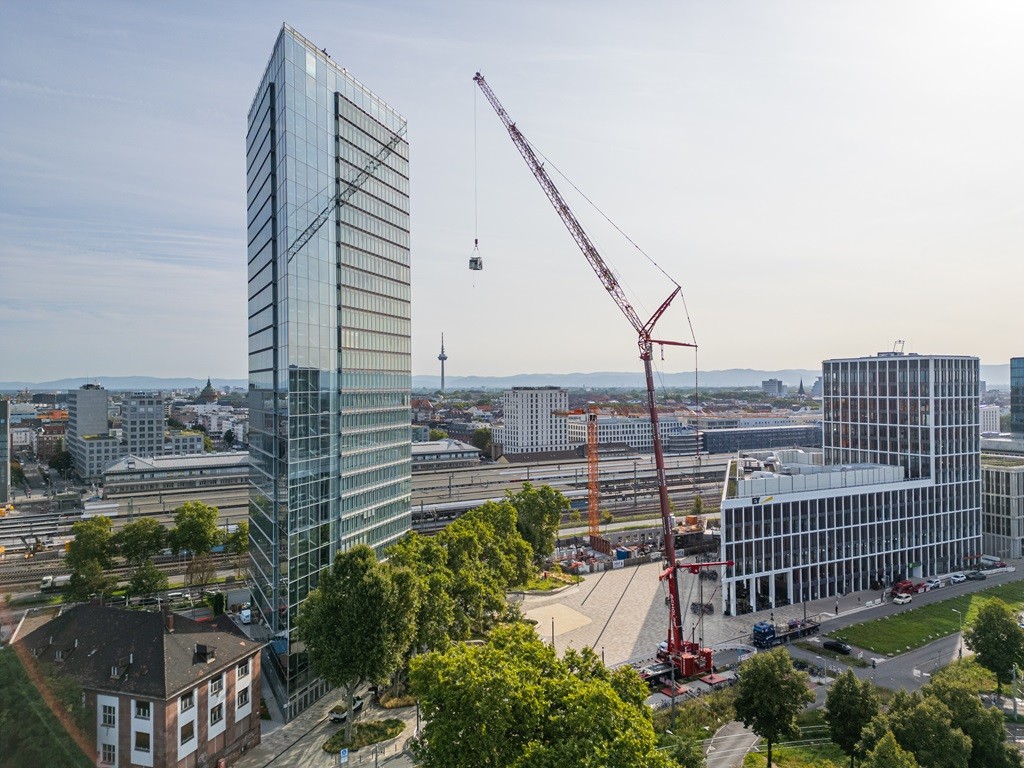
International
11/11/2024
Tadano AC 7.450-1 all terrain crane for the Victoria Tower in Mannheim
Tadano AC 7.450-1 all terrain crane lifts cooling unit to to...
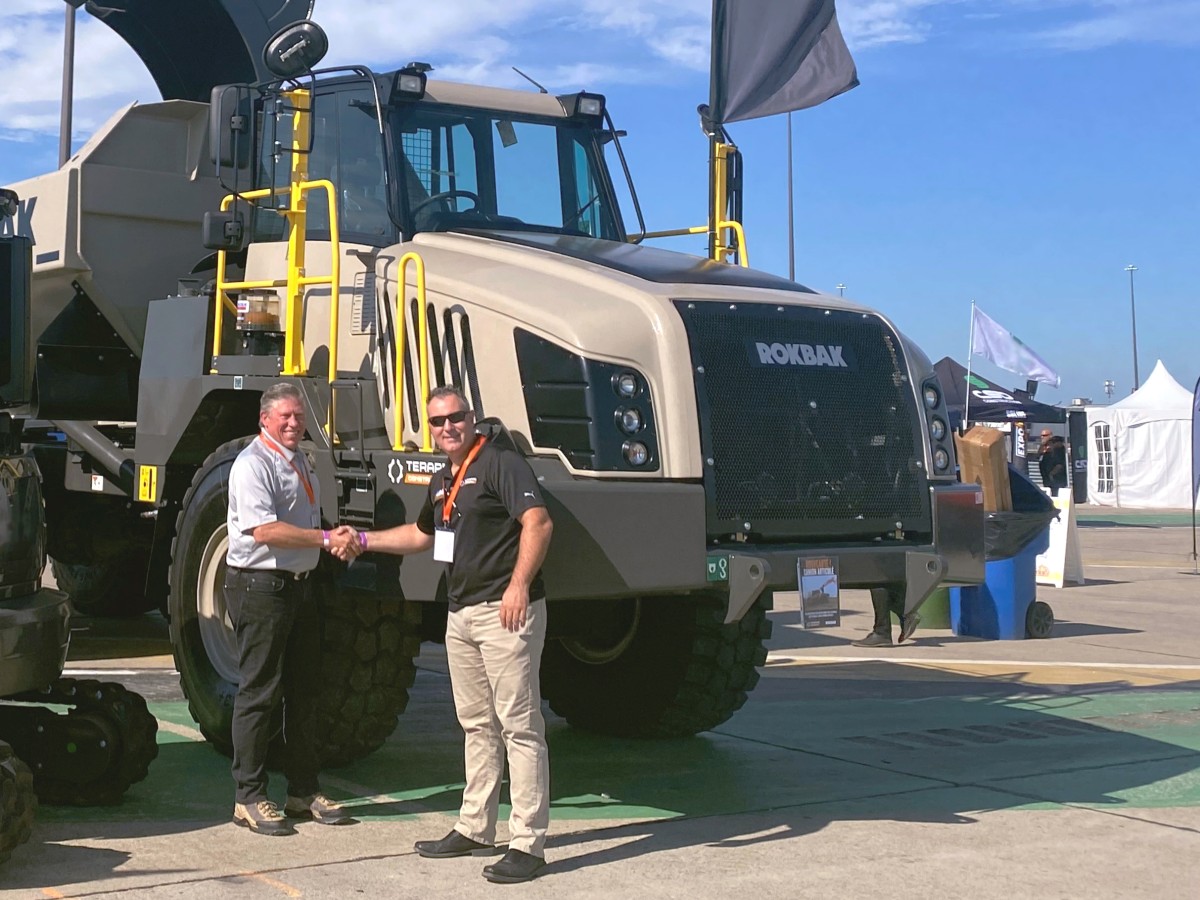
International
08/11/2024
Terapro Construction and Rokbak announce distribution agreement
Terapro Construction will now supply Rokbak articulated haul...








































